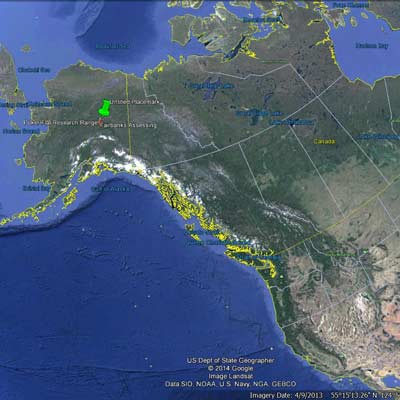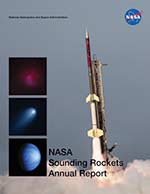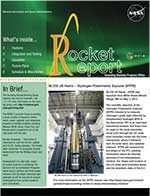
36.356 UE BAILEY/VIRGINIA TECH
Polar Night Nitric Oxide (PolarNOx)
- Mission
- Vehicle
- Launch
- Photos
The aurora creates NO which builds to large abundances in the polar night. The NO can under appropriate conditions be transported to the stratosphere where it will catalytically destroy ozone. The PolarNOx experiment is designed to measure the intensity of nitric oxide in the mesosphere and lower thermosphere in the polar region by observing starlight with a high spectral resolution UV spectrograph operating near 215 nm. Attenuation of the starlight by NO is used to obtain an NO altitude profile. The target star is Algenib (Gamma Pegasi). Successful data acquisition will help scientists understand the abundance of nitric oxide in the lower thermosphere and its relationship to solar energy deposition.
The Principal Investigator is Dr. Scott Bailey/Virginia Tech.
The Black Brant 9 is a two stage sounding rocket with a Terrier first stage and Black Brant second stage. The Black Brant 9 can reach altitudes of about 600 km. Payloads weighing from 400 to 1200 pounds can be flown.

The PolarNOx mission was launched from Poker Flat Research Range, Alaska on January 27, 2020.


